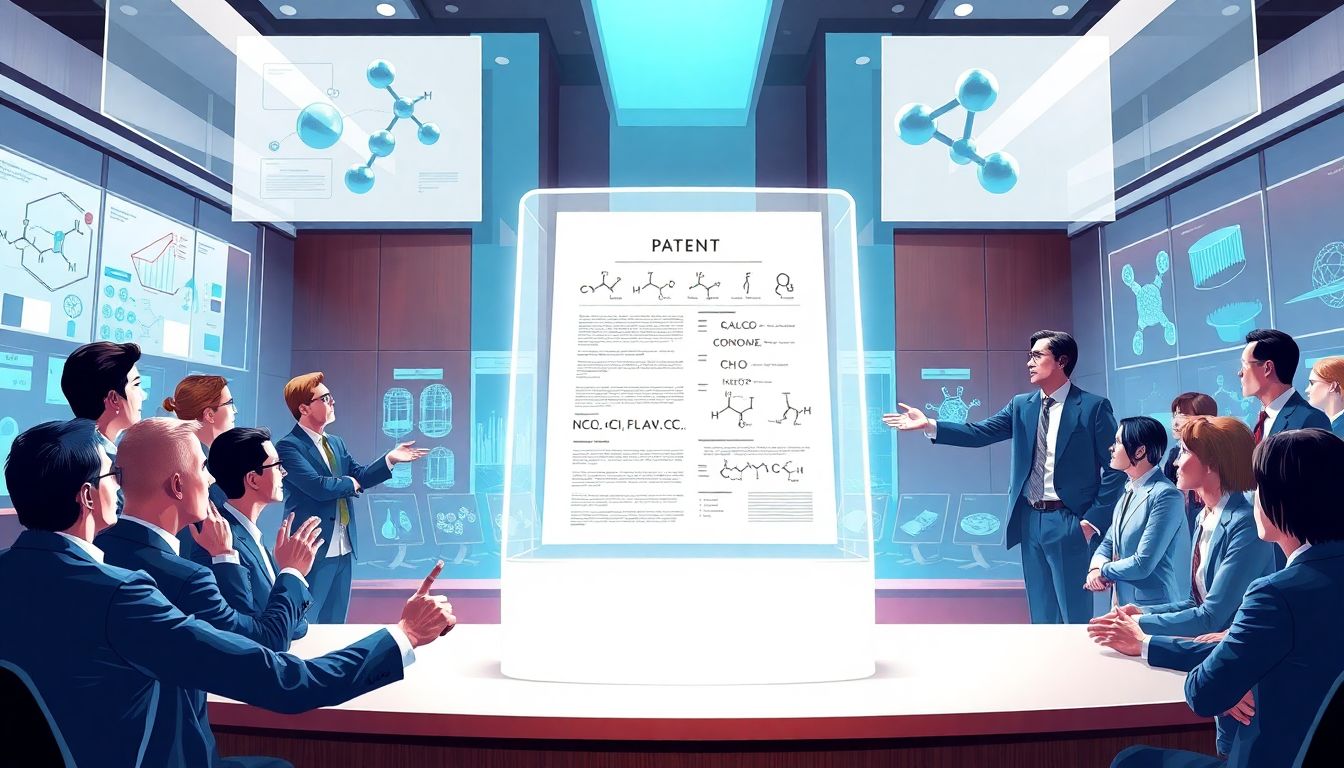Pharmacokinetic Parameters, Patents, and Patent Litigation Challenges: Navigating Innovation and Legal Risks in Drug Development

Introduction
Pharmacokinetic (PK) parameters are the backbone of drug development. They tell us how a drug moves through the body — how it's absorbed, distributed, broken down, and finally excreted. These details help determine whether a drug is safe and effective.
As the pharmaceutical industry grows more competitive, protecting innovations around PK parameters is more important than ever. Companies want exclusive rights to their discoveries, especially when they lead to better drugs or easier manufacturing processes.
But patenting PK-related inventions is not simple. Patent disputes are common, and legal battles can slow down or block important breakthroughs. Understanding these challenges helps businesses avoid costly lawsuits and protect their research.
Understanding Pharmacokinetic Parameters and Their Role in Drug Development
What Are Pharmacokinetic Parameters?
PK parameters include measures like absorption rate, distribution volume, metabolism speed, and excretion rate. They are the numbers that describe how quickly and efficiently a drug acts in the body.
These data points are crucial for predicting how a drug will perform. For example, if a drug is absorbed too slowly, it might not work fast enough. If it's metabolized too quickly, it could lose effectiveness. Knowing these numbers helps scientists fine-tune drug formulations.
Significance of PK in Regulatory Approval
Agencies like the Food and Drug Administration (FDA) and European Medicines Agency (EMA) rely heavily on PK data. They use this information to judge if a new drug is safe for human use and determine proper dosages.
For some drugs, PK data can make or break approval. In certain cases, quick access to detailed PK data shortens the review process. For instance, modeling and simulation of PK parameters can forecast how the drug acts in diverse populations, saving time and resources.
Innovations in PK Measurement Techniques
Technology keeps pushing forward. Researchers now use advanced modeling and computer simulations to understand PK parameters better. Biomarkers also play a big role in measuring how drugs behave in real-time.
These innovations make PK accuracy more reliable. They help pharmaceutical companies develop safer, more effective drugs faster than ever before.
Patent Landscape Surrounding Pharmacokinetic Innovations
Types of PK-Related Patents
Patent protections around PK can cover various aspects, including:
- Composition of matter, such as a specific drug molecule.
- Methods of use, like administering a drug at certain doses.
- Manufacturing processes that produce or enhance PK profiles.
The criteria for patenting involve proving the invention is new, non-obvious, and useful. This makes the process of securing PK patents both complex and competitive.
Notable PK Patents and Their Market Impact
Blockbuster drugs often owe part of their success to PK patents. Biologics like monoclonal antibodies and complex generics depend on these protections.
When a PK patent is granted, it grants a period of patent exclusivity. During this time, generic manufacturers can't produce similar drugs. This exclusivity helps companies recoup billions spent on research but can also keep prices high, affecting affordability.
Challenges in Securing PK Patents
It's not always straightforward to get PK patents. Patent examiners want clear evidence that an innovation is truly new. Demonstrating no one else has done the same thing can be tough, especially in a crowded field.
Patent term extensions and data exclusivity rights can help inventors, but they are limited and often contested.
Patent Litigation Challenges in Pharmacokinetic Patents
Common Legal Disputes and Grounds for Litigation
Patent disputes usually involve claims of infringement or validity challenges. Does the patent actually cover the drug in question? Or have competitors created something similar that infringes on those rights?
Another common issue is how patent claims are interpreted. Slight wording differences can lead to big legal fights over scope.
Case Studies of Patent Litigation
Recent cases, like AbbVie's legal battles over biologic PK patents, show the complexities. Courts often have to decide whether the patent covers the specific PK method or the drug itself.
These cases remind us how high the stakes are. A patent win can mean years of market exclusivity, while a loss can force a company to share profits or face generic competition sooner.
Strategies for Patent Defense and Offense
To defend PK patents, companies must make claims as broad as possible while staying credible. They also use patent pools or licensing agreements to increase leverage.
Proactively, companies should conduct thorough prior art searches. This helps avoid filing weak patents doomed to fail or being sued for infringement.
Emerging Trends and Future Outlook
Impact of Biosimilars and Generic Competition
As biosimilars enter the market, PK patents become more crucial. They can determine how quickly a generic or biosimilar can be approved.
Evergreening strategies also use PK patents to extend patent life, but courts are increasingly scrutinizing such tactics.
Regulatory Changes and Patent Law Reforms
New laws and trade agreements are reshaping patent rules worldwide. Some reforms make it harder to get long-term PK patents or challenge existing ones.
Understanding these legal shifts is key for companies wanting to stay ahead.
Innovation in PK and Its Legal Protections
Advances in PK measurement open the door for fresh patent strategies. Using digital health data and real-world evidence can prove the uniqueness of a PK innovation—strengthening patent cases.
This new wave of data-driven patents may shape future legal battles and innovation.
Conclusion
PK parameters are vital to creating better, safer drugs. Securing patents around these innovations can give companies a competitive edge, but they come with risks.
Legal challenges are common, and navigating patent laws requires careful planning and strategy. Keeping pace with regulation changes and embracing new measurement techniques is crucial.
In the end, the key is balancing innovation with strong legal protections. This approach will ensure the pharmaceutical industry continues to develop groundbreaking drugs while safeguarding investments. Staying aware and prepared for patent fights will be the real strength in tomorrow’s drug landscape.
Comments
Post a Comment